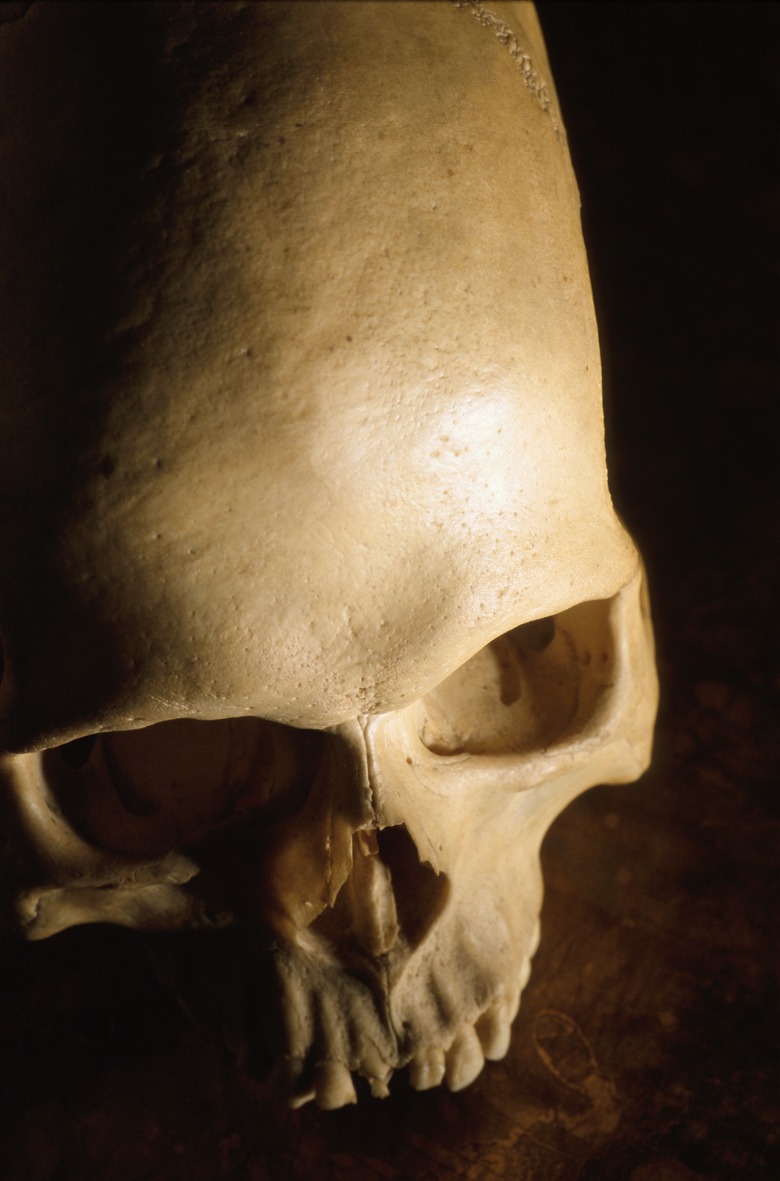What Is Forensic Botany?
Botany, in its simplest use, is the study of plants. Forensics is the application of scientific techniques to the investigation of crime. Forensic botany is thus defined as the use of plants and plant parts — including as pollen, seeds, leaves, flowers, fruits and wood — in the investigation of criminal cases, legal questions, disputes, or, in non-criminal cases, to ascertain cause of death or former location.
Forensic Botanist Job Description
Forensic Botanist Job Description
If you're considering botany jobs, a forensic botanist might be your most exciting option. According to the CSI Education website, forensic botany is the study of plants and plant material as it relates to crimes scenes and active crime investigations.
Forensic botanists need to have experience examining a wide variety of plant materials and understand their ecological and environmental significance. This includes the study of pollen, trees, tree rings, general plant material, aquatic plants, molecular plant biology and more.
Most forensic botanists have at least a bachelor's degree in the field of botany, biology or a specific subset of botany like plant genetic, plant physiology, plant evolution, soil science, agriculture, etc. Many have graduate or doctorate degrees in their field. The average salary for these positions is 57,000 dollars, but this will depend on your education and the place where you end up working.
Read more about the five different fields of botany.
Pollen
Pollen
Pollen is the dusty substance that carries male plant's reproductive cells (aka sperm). Pollen is discharged from the male plant and travels through the air to fertilize a female plant.
Individual particles of pollen are essentially invisible to the human eye. Varieties of pollen — whether single or in combination — can be seen through use of a microscope, and may characterize a specific region where a crime has been committed. For example, samples may be taken from the nasal passages of a victim, or the clothing of a suspect. Or it may determine where a person who died unexpectedly came from.
Read more about the importance of pollen.
Scientists who study pollen and other spores are called palynologists. There are nearly one-half million different varieties of spores and pollen that can act as a kind of fingerprint of crime. One special quality of pollen is its durability. Properly stored, pollen can last for centuries.
Wood
Wood
Wood variety as well as wood grain and knots can also act like a fingerprint in the solving of a crime. It was the wood of a ladder that led to the conviction in 1935 of Bruno Richard Hauptmann for the 1932 murder of the Lindbergh baby.
Dendrochronology is the study of tree rings for forensic purposes. A related science is the study of wood rings in connection with soil contamination. An example is the presence of arsenic. Dendrochronology can provide much information with regard to the cultural sciences, as well.
Leaves
Leaves
Of course the shape of a leaf can lead to its being identified, but the type of tree a leaf comes from isn't the limit to its usefulness. In some instances, DNA analysis can establish a leaf associated with a criminal suspect comes from a specific tree at the scene of a crime. It is of special interest that, not only fresh, but dried leaves can be used in forensic biology for DNA evaluation.
Seeds
Seeds
In May 1992, a dead woman was found in an Arizona desert near a Palo Verde tree that had a fresh abrasion on it. Later, a suspect was found who had a seed pod from a Palo Verde tree found in his truck. RAPD (Random Amplified Polymorphic DNA) analysis revealed the seeds in the truck were almost certainly from the identical tree associated with the victim. Conviction was obtained.
Cite This Article
MLA
Summers, Vincent. "What Is Forensic Botany?" sciencing.com, https://www.sciencing.com/forensic-botany-14631/. 30 July 2019.
APA
Summers, Vincent. (2019, July 30). What Is Forensic Botany?. sciencing.com. Retrieved from https://www.sciencing.com/forensic-botany-14631/
Chicago
Summers, Vincent. What Is Forensic Botany? last modified March 24, 2022. https://www.sciencing.com/forensic-botany-14631/
